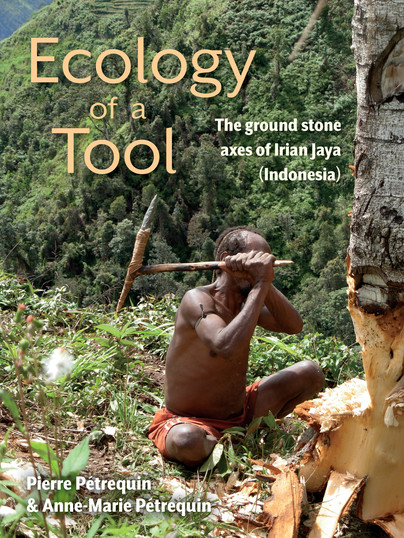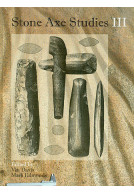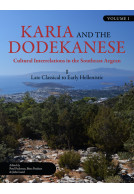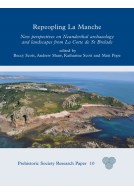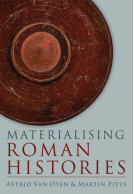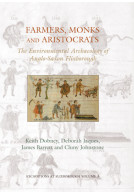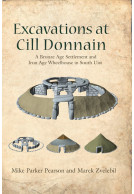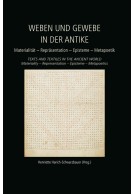Ecology of a Tool (Hardback)
The ground stone axes of Irian Jaya (Indonesia)
By
Anne-Marie Petrequin, Pierre Petrequin, Translated by Alexandre Pelletier-Michaud
Imprint: Oxbow Books
Series: Archéo Logiques
Pages: 336
Illustrations: b/w and colour
ISBN: 9781789253863
Published: 25th February 2020
Script Academic & Professional
Imprint: Oxbow Books
Series: Archéo Logiques
Pages: 336
Illustrations: b/w and colour
ISBN: 9781789253863
Published: 25th February 2020
Script Academic & Professional
You'll be £14.00 closer to your next £10.00 credit when you purchase Ecology of a Tool. What's this?
+£4.99 UK Delivery or free UK delivery if order is over £40
(click here for international delivery rates)
Order within the next 5 hours, 57 minutes to get your order processed the next working day!
Need a currency converter? Check XE.com for live rates
(click here for international delivery rates)
Order within the next 5 hours, 57 minutes to get your order processed the next working day!
Need a currency converter? Check XE.com for live rates
New Guinea, and especially Papua New Guinea, is the last country in the world where ethnologists were able to closely observe, film and photograph the whole manufacturing chaînes opératoires of polished stone felling tools, from quarry extraction to finished tool use. Research on the polished blades of PNG has evolved over the years, following changing philosophies and research agendas. While it is clear that an exceptional sum of information has been gathered, it remains centered on that small part of the Highlands where conditions for field research were more pleasant than elsewhere. Our presentation of Irian Jaya axes therefore tackles a topic that remains mostly unexplored. Until now, stone tool research in New Guinea has followed an anthropocentric approach, in which tools are seen more as vectors for social exchanges than as means of acting on the environment.
This monograph will take a different approach. Here, polished stone blades are placed at the center of the world, between, on one side, the transformed natural environment, and, on the other, the social and economic environment. This approach will allow us to suggest new avenues of inference in archaeology, as well as to test and abandon existing ones.In this volume, the stone blade is considered as a living being, existing in balance within its biotope. This idea is not far removed from the beliefs of Irian Jaya farmers, for whom life animates certain objects of their material culture.
Following a brief presentation of Irian Jaya, we will describe the function of polished stone blades in Irian Jaya societies and the distribution of hafting styles, define and study the quarrying zones and the areas of diffusion and use of their production, and, if possible, the different trends noted in each area of polished blade production and exchanges. Finally, we will conclude with a discussion of the ethnoarchaeological potential of these contemporary observations.
There are no reviews for this book. Register or Login now and you can be the first to post a review!
Customers who bought this title also bought...
Other titles in the series...
Other titles in Oxbow Books...







